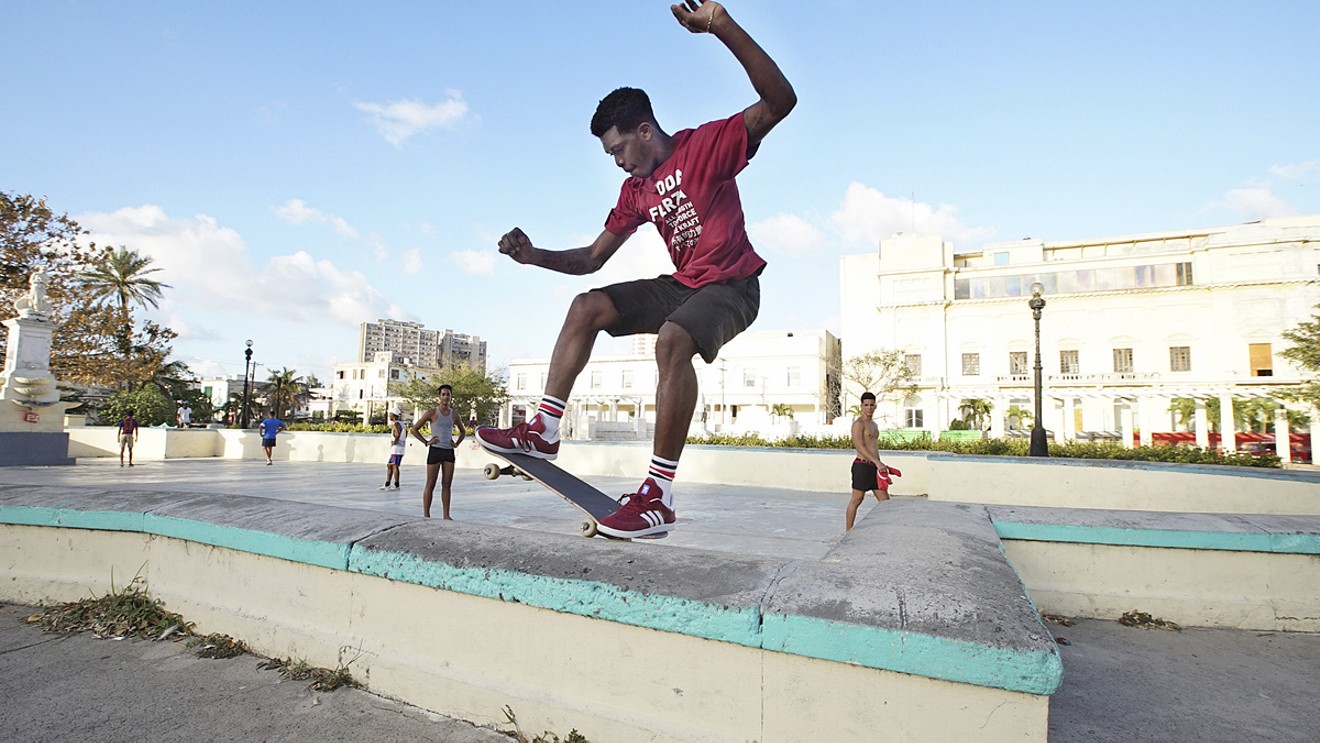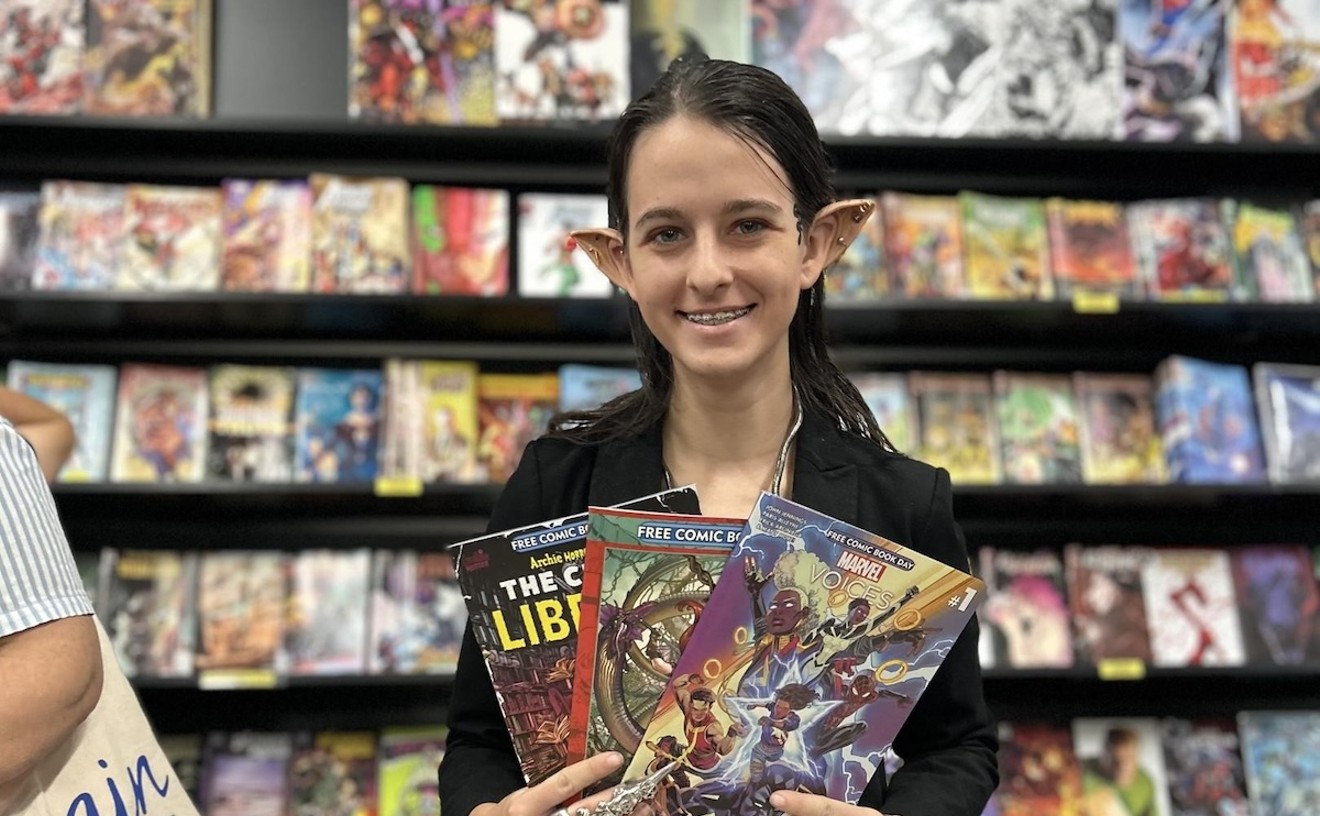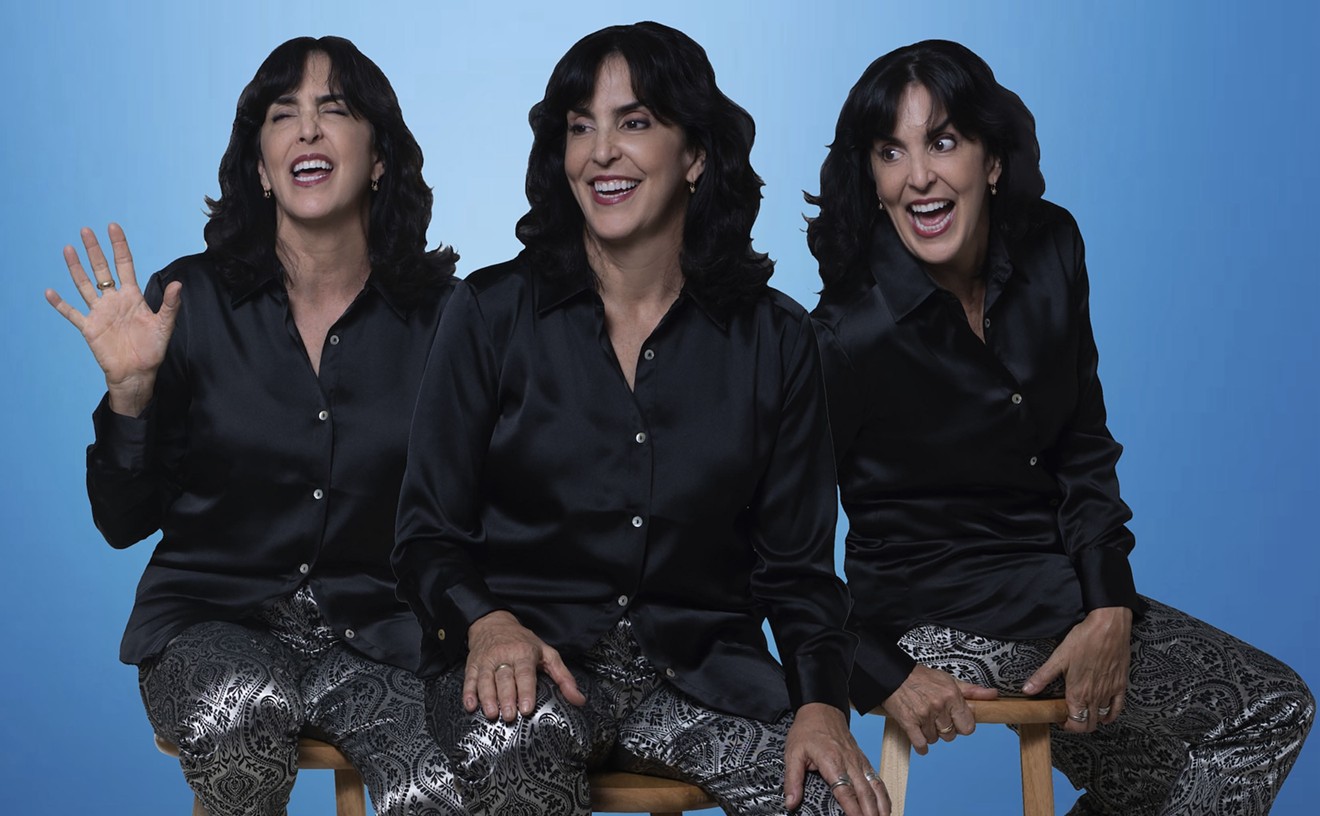In 2016, the International Olympic Committee approved skateboarding for the 2020 Summer Games in Tokyo — a big leap for a sport that came out of California's surf culture in the '50s and whose first skate parks appeared in the '70s. Today skateboarding is a global, multimillion-dollar lifestyle industry that marries sport and art. Will six athletes and a half-dozen artists from Cuba make their mark on the international scene? Steven Andrew García thinks so.
Memories of a Cuba he never knew shaped García's childhood. He grew up listening to his grandfather's nostalgic stories about Havana. And even though he was raised near Tampa's Ybor City, a place rich in historical Cuban legacy, he still considers himself American. He's not even fluent in Spanish.
García's dad left Cuba in 1961; his mom was half Cuban. Roots were strong in El Exilio, but only in the form of stories. "For a long time, Cuba was a concept to me even though it's so close," he recalls. "I was never sure I could visit."
That changed last year when García, one of the first second-generation Cuban-American millennials to travel to the island with CubaOne Foundation, set foot on the island for the very first time. The life-changing trip united his passions for skateboarding, filmmaking, and one he'd soon discover — a new love of Cuba and the creative promise of its young generation.
Founded in 2016, CubaOne sponsors trips for young Cuban-Americans, affording them the opportunity to give back to Cuba, and that's exactly what García did. After a one-week exploration of Cuba last July, he returned to the States inspired by the heritage he had only heard about, mostly from his raconteur grandfather. He also loved the people he met on the island, especially the skateboarders and artists. Six months later, he launched Toda Fuerza, a social enterprise that reinvests its profits into supporting young athletes and artists on the island.
"There's a lot of struggle, but Cubans have pride, strength, and integrity."
tweet this
García got into skate culture at the age of 12. At 14, he was hired as a skate videographer; some of the skateboarders he filmed in Florida, including a few professionals, went on to earn corporate sponsorships. He later studied film and advertising in Los Angeles, where he eventually worked with ad agencies and record labels to create documentaries for artists, musicians, and athletes, as well as high-profile clients such as Nike, IBM, and Fender.
But Cuba was calling him away from Tinseltown. "As Obama made reforms, Cuba was on my mind again," he says. "I saw people going to Cuba, but I didn't know how. I saw CubaOne and figured I had nothing to lose."
García describes the initial meetings before the flight as "surreal" but the rest of the voyage as hands-on — he even learned how to roll cigars on a tobacco plantation. Inspiration for Toda Fuerza came when he met artists and skateboarders with one thing in common: an entrepreneurial spirit and the knack for thriving in a communist nation where the decades-old grip of censorship and economic embargo is quickly loosening.
"Toda fuerza means 'full force, full steam ahead,'" he explains. "The name came from realizing the strength of Cuba. Obviously, there's a lot of struggle, but Cubans have pride, strength, and integrity."
He witnessed those qualities in skateboarders who gather at a plaza every afternoon in Havana. "They were surprisingly good despite lack of equipment," he says. "They love to skate, but it's hard for them to get a skateboard. There are no skate shops. Not one."
To make do, skateboarders apply ingenuity and accept gifts from visiting aficionados as well as two nonprofits that have been successful in donating skateboards.
García, who doesn't skate as much as he did in his teens, was impressed not only with their athletic skills but also with their generosity.
"All I did was ask if I could take pictures," he recalls. "They said yes and also offered me their boards even though they couldn't be easily replaced if I damaged them. I thought, I wish there was a way I could bring them more skateboards. Some of these guys could get to pro if they had more resources."
The art connection would soon click.
"There's more to it than just the act of skateboarding. There's the artwork on the decks. To put meaningful art in a skateboard shop makes people think," he continues. "Some are just 16-year-olds who scratch up their skateboards. Some people are collectors who look at it for years."
While in Cuba, he also met Idania Del Río, co-owner of Clandestina, a vanguard design boutique in Havana that's devoted to "99 percent Cuban design" and is growing in popularity thanks to her resilience in a state-controlled economy that until recently discouraged private enterprise. "Del Río hand-screens posters herself using old methods," García says. "But she plays music she likes." García has contributed his own deck designs for her to sell and to show to other graphic designers as reference.
García also met Jorge Rodríguez Diez (AKA R10), whose graphic style is "instantly commanding but true to himself." His style reminds García of the work of renowned street artist and illustrator Shepard Fairey, who emerged from the skateboarding community to become the founder of the clothing brand Obey.
R10 had never heard of Fairey, but both of their graphic styles are bold and influenced by propaganda. "They're reminiscent of revolutionary posters or images on currency," García explains, "but subverted and related to more current social issues."
R10's first skateboard deck design depicts an iconic Cuban machetero, or sugarcane farmer, which is available on Toda Fuerza's online store — todafuerza.com — as a T-shirt and is forthcoming as a deck. The website sells other designs by García inspired by Cuban pop culture. He has also commissioned additional artists from Cuba to add to the mix.
Through Toda Fuerza, García plans to shine a spotlight on artists in Cuba who resonate with skateboarding culture so they can build bridges with the international community. He's also building a Cuban skateboarding team so members can compete internationally and take advantage of the many opportunities available in the skateboarding lifestyle industry, as athletes in other countries have done, returning home to open new cultural and economic channels. There are already seven athletes on the skateboarding team eager to make it happen, including one videographer following in García's footsteps.
As for the Olympics, 2020 might be too soon. But the Cuban skaters will gain experience at amateur competitions such as the annual Tampa Am, which, in a way, brings it all back home.












